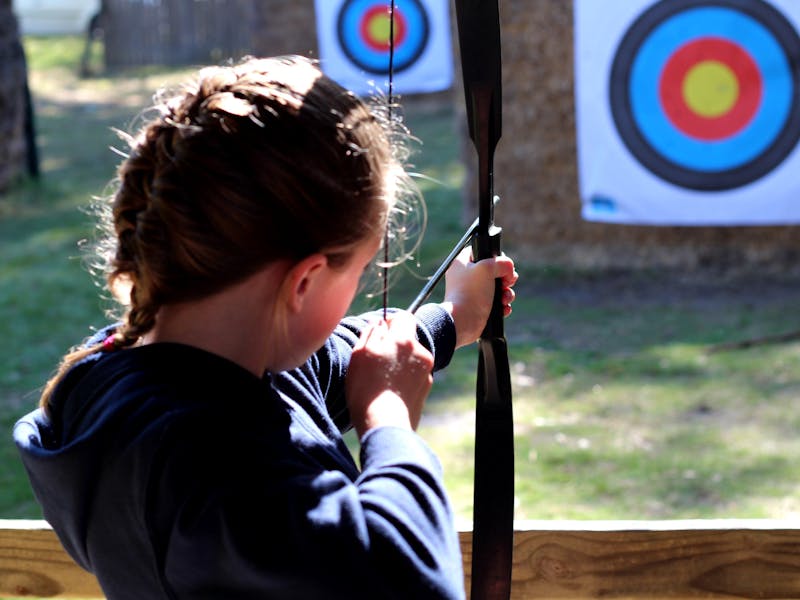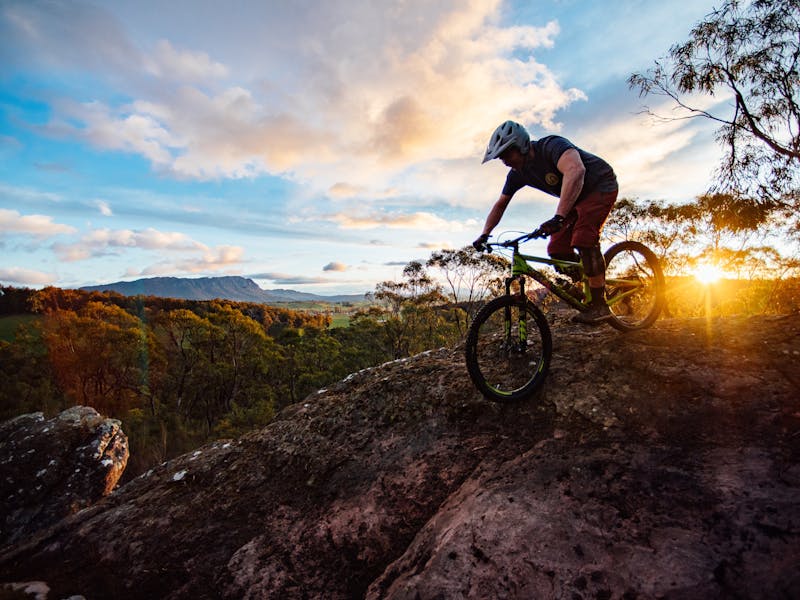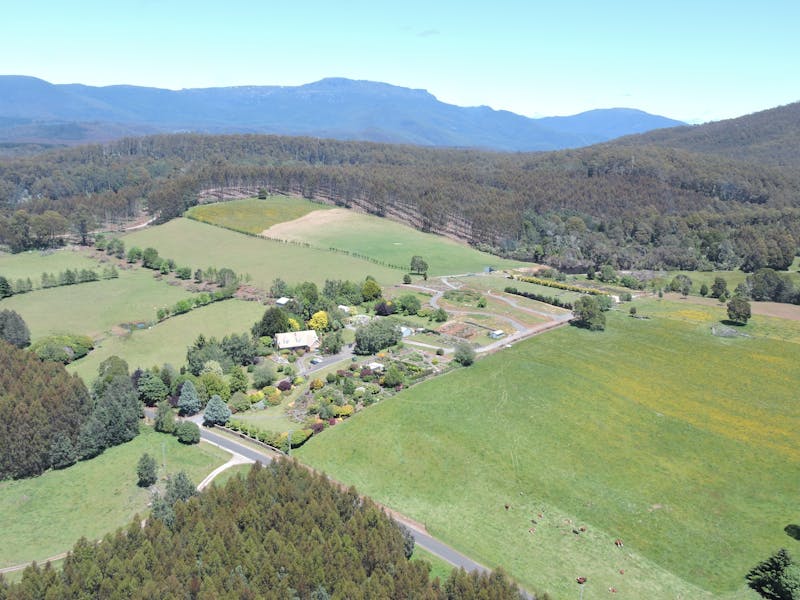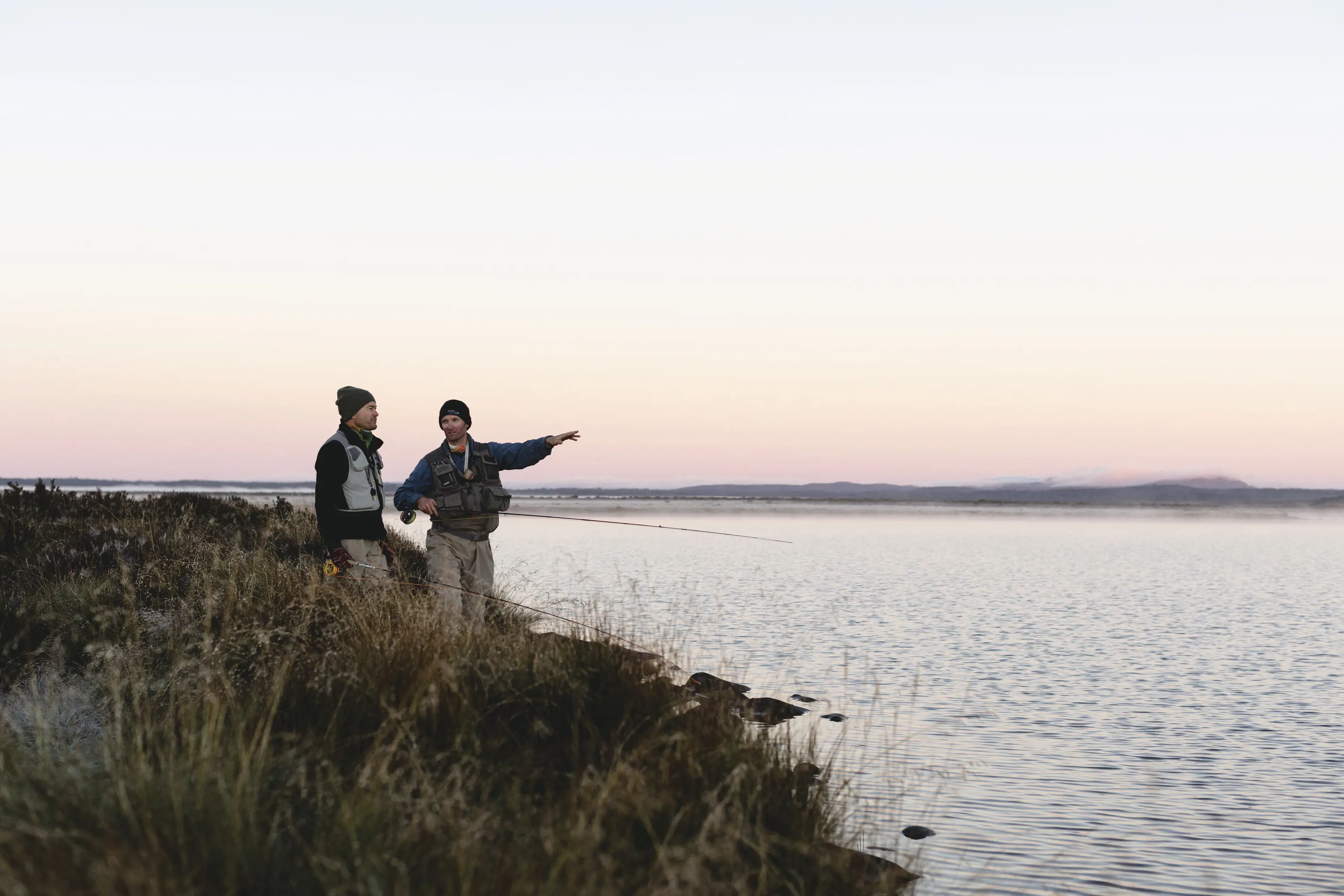
In 1864, a ship sailed across the world from Britain with a delicate cargo.
Aboard the Norfolk, destined for Tasmania, were 2700 live brown trout eggs, stored in tonnes of ice for the long journey.
This was the third attempt to transplant trout to Australia. This time, it worked.
On 4 May 1864, the first of the eggs hatched in the Plenty River in southern Tasmania. Thirty years later, rainbow trout were also introduced. These fish would become the stock from which the entire trout population of Australia and New Zealand was built.
Today, Tasmania’s rivers and lakes have evolved into one of the world’s great trout fisheries, offering worldclass fly fishing – an angling style named for the lightweight lure, called a fly, that mimics an insect floating across the water surface. As the lure is so light, it requires a long, flexible rod with a line that's heavy enough to cast the fly to the target. Fly casting is something of an art form.
The island's abundant trout are wild, wily and cunning and take some catching, so here are our insider tips for success in Tasmanian waters.
Fishing licences in Tasmania
The first thing to organise is a fishing licence. This is needed in all waters other than registered private fisheries such as Cradle Mountain Lodge, Currawong Lakes at Lake Leake, Twin Lakes in Buckland and 28 Gates in the Derwent Valley.
Licences, which range from 48 hours to five seasons, can be bought online at the Inland Fisheries Service.

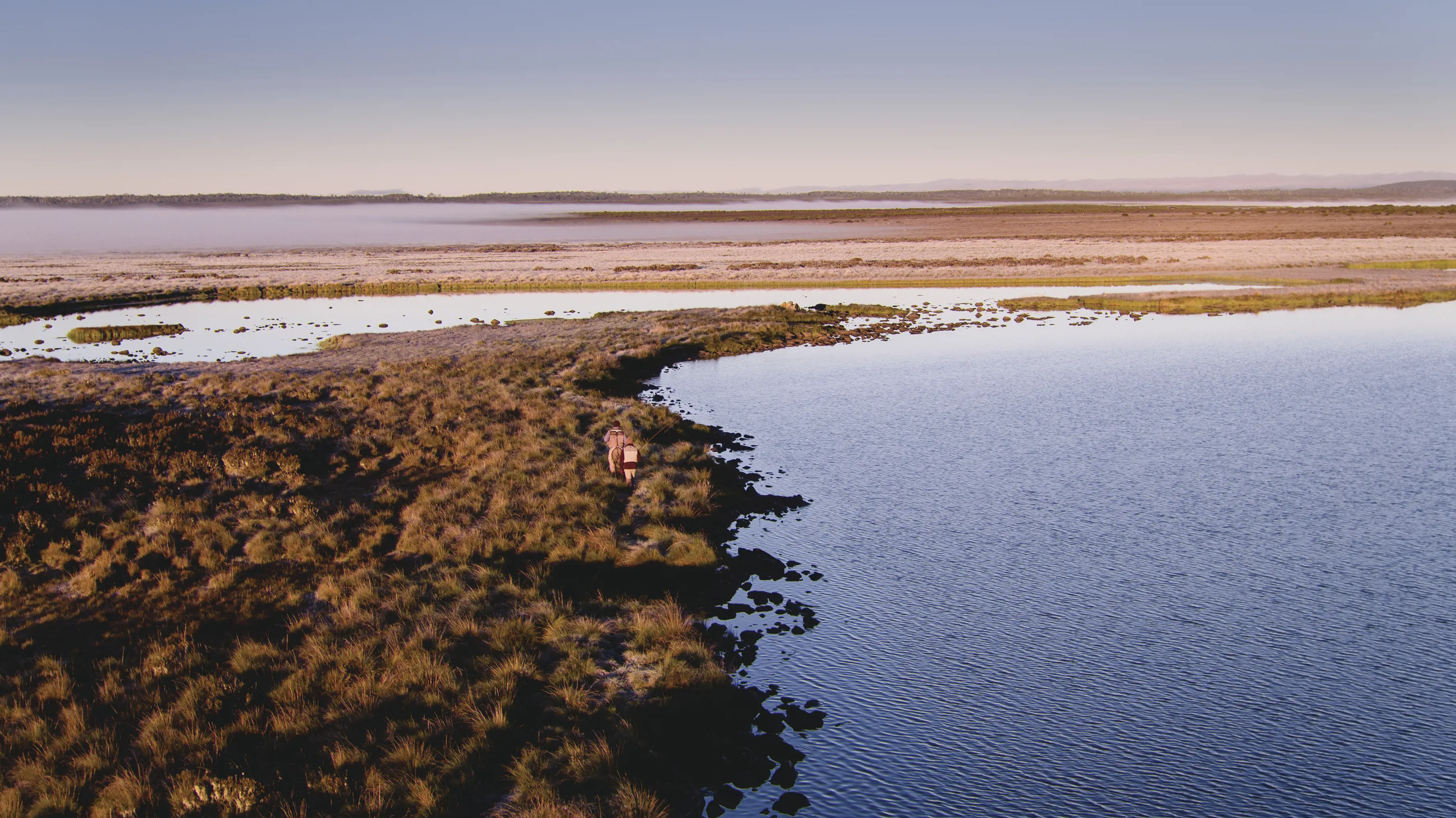
Fly fishing season and catch limits
Most brown trout waters open from the first Saturday in August to the Sunday nearest 30 April. Rainbow trout waters are open from the Saturday nearest to 1 October through to the Sunday nearest 31 May. More than a dozen waters are open year-round, including Yingina / Great Lake, Lake Burbury, Lake Pedder, Lake Barrington, parts of the River Derwent and Kanamaluka / River Tamar and Meadowbank Lake.
Bag and size limits can vary from water to water, and some lakes are designated as catch-and-release. When you buy your fishing licence, you’ll receive the Tasmanian Inland Fishing Code, which lists all bag limits and size restrictions, as well as the seasonal opening and closing dates.
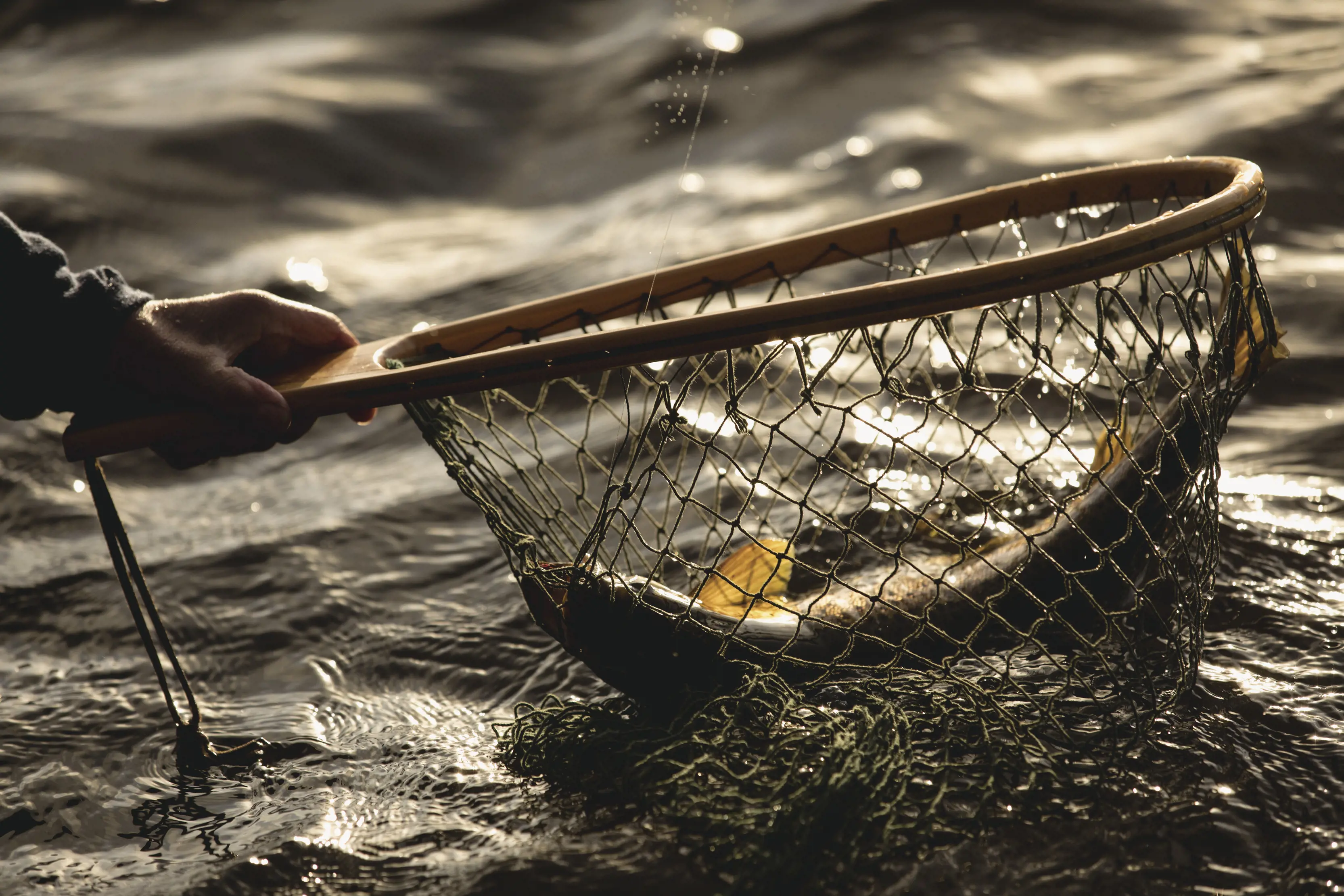
Rods and flies
For Tasmanian lakes, a nine-foot five-or-six weight fly rod, reel and floating line is ideal (remember, it gets windy) and will be a good option also for the bigger rivers. A three or four weight fly outfit is ideal for smaller streams. Leaders should be around nine or 12 feet tapered to 3x, 4x or 5x for lighter weight outfits.
Local fly shops provide a good selection of locally tied flies. The following flies provide a solid start: red tag, parachute Adams, possum emerger, stick caddis, black spinner, red spinner, gum beetle, brown nymph, black nymph, olive nymph, fur fly, damsel fly nymph, and woolly bugger.
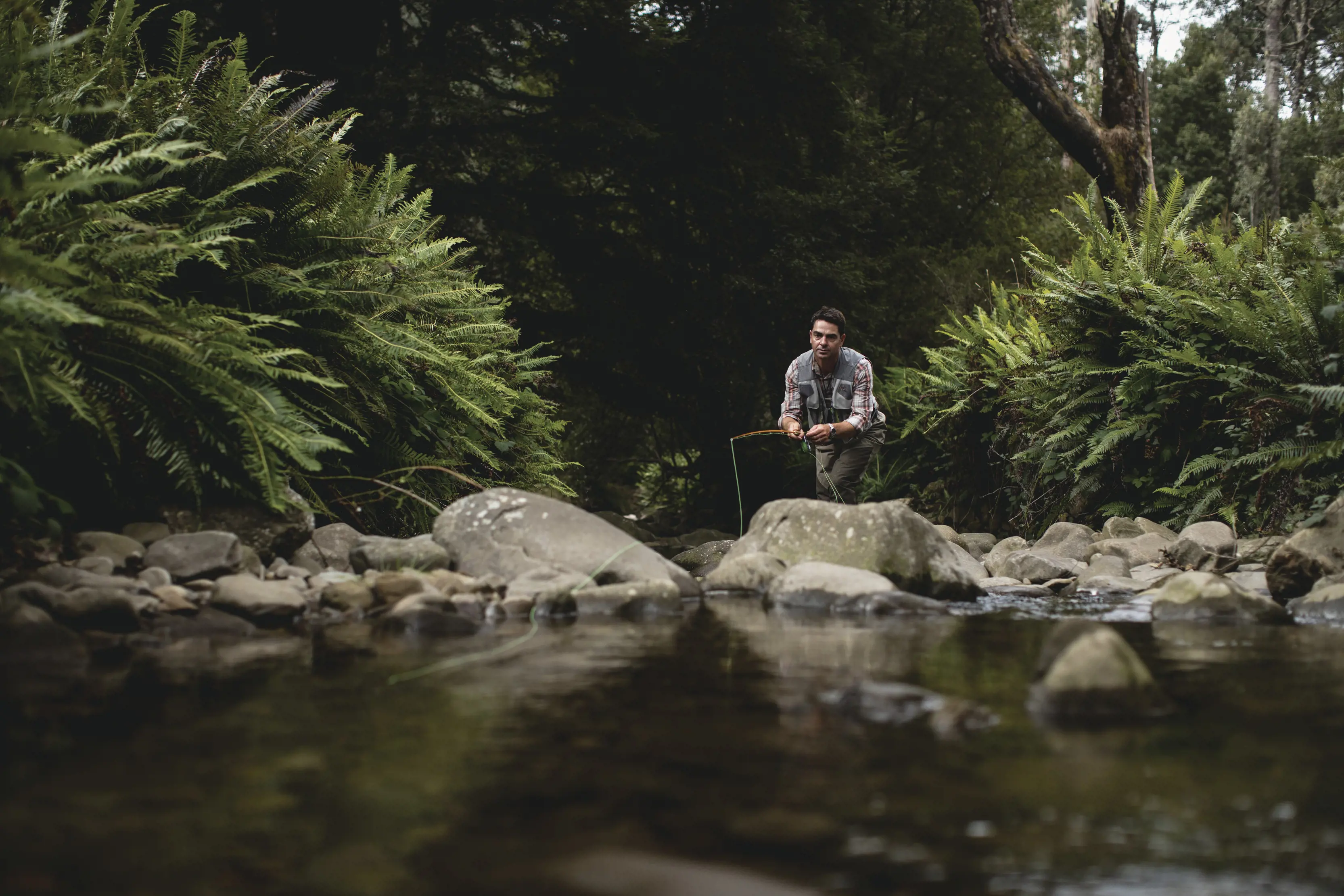
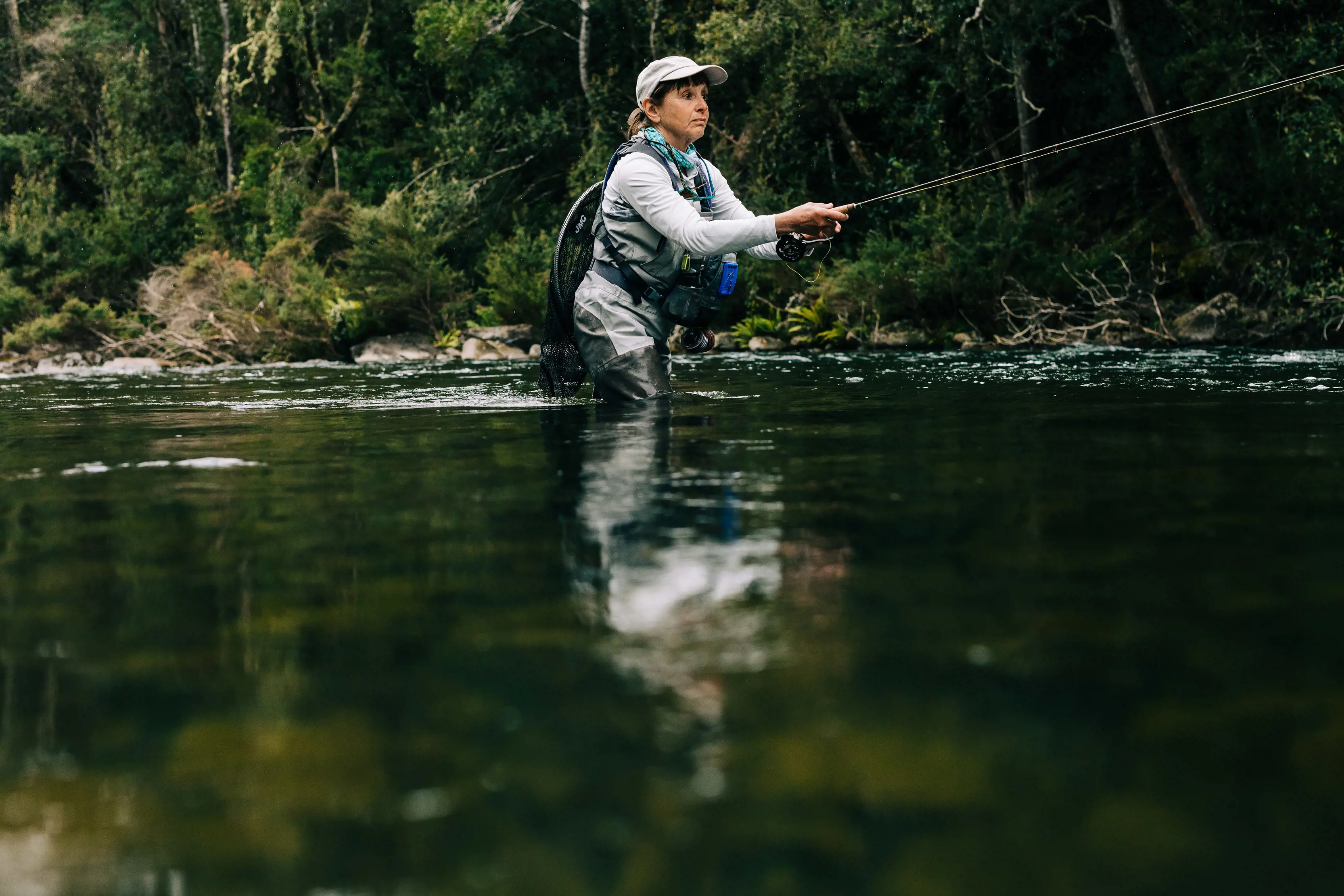
Where to start fly fishing
Start planning your trout fishing trip with our insider tips on the best spots for fly fishing in Tasmania.
For tour and fishery information, check in with Trout Guides and Lodges Tasmania (TGALT), Tasmania’s peak trout guiding body. It has information on accredited guides, lodge accommodation and private fisheries.
Whether you're a beginner or pro, looking for a short introduction to fly fishing, a fun family day out or a multiday adventure to master the art, there are myriad fly-fishing tours in Tasmania to choose from.
Visit the Inland Fisheries website to secure your fishing licence and check regulations. You can also stay up to date with fishing news including water levels and where the fish are biting via their free Infish app.

